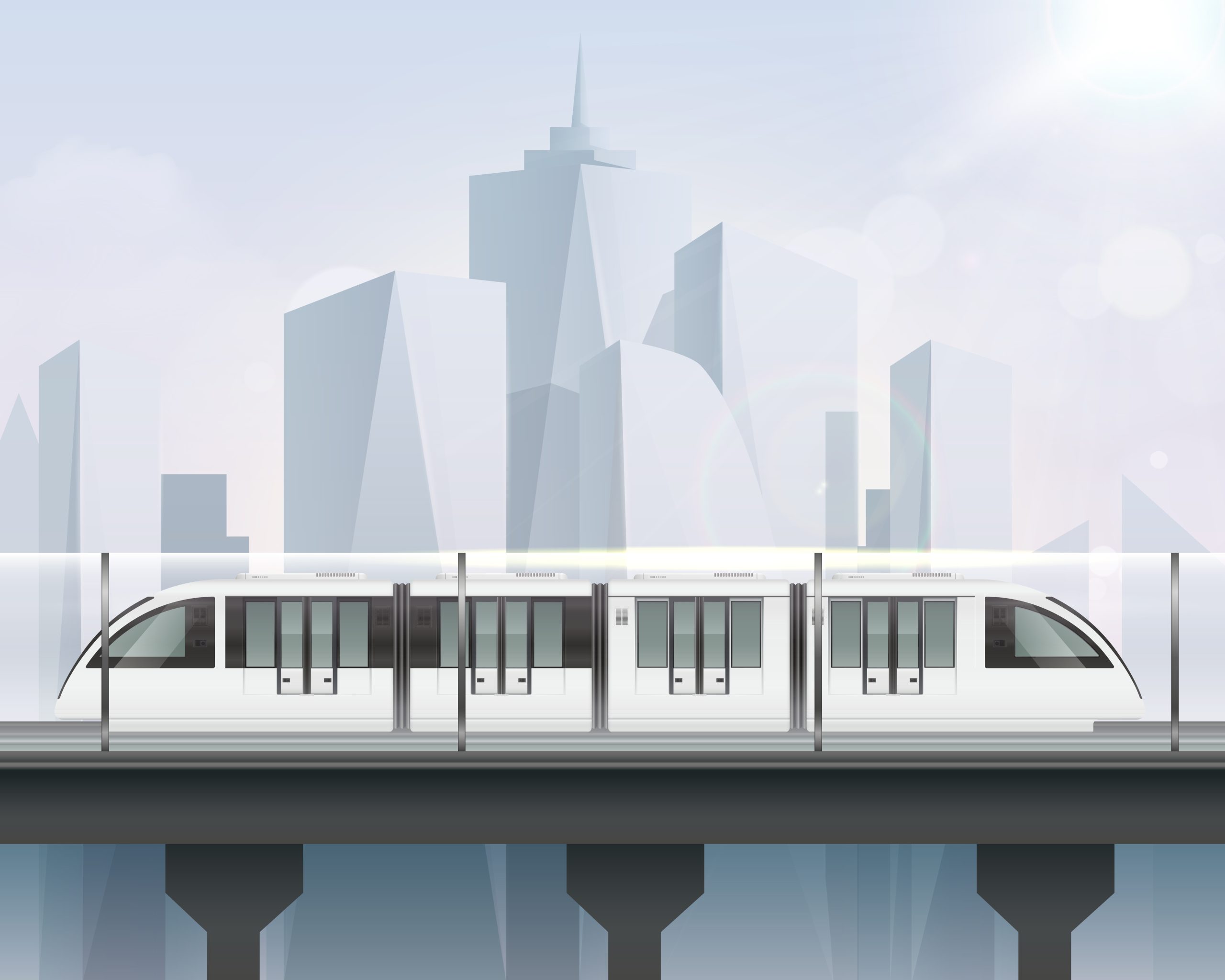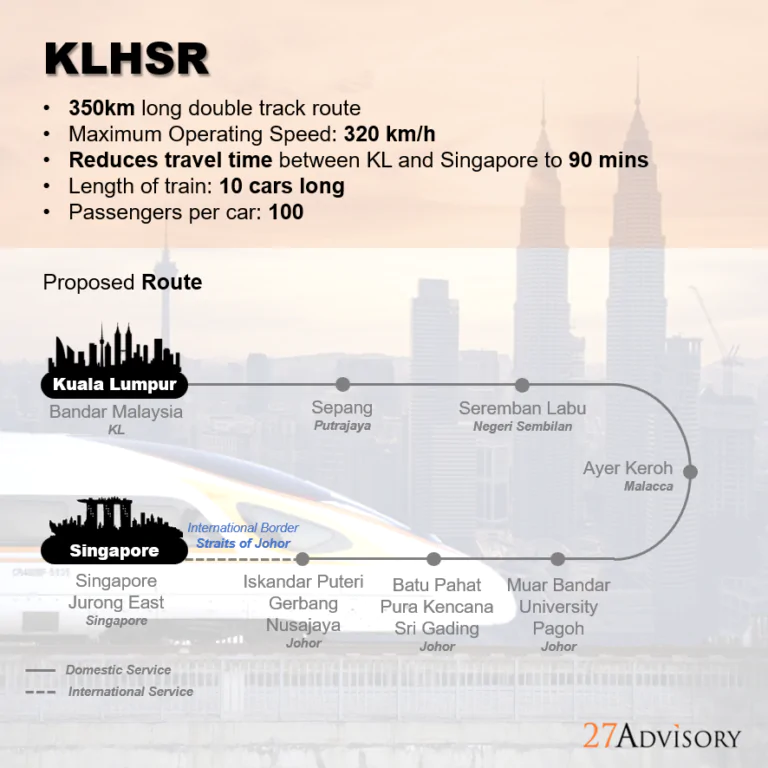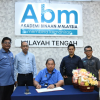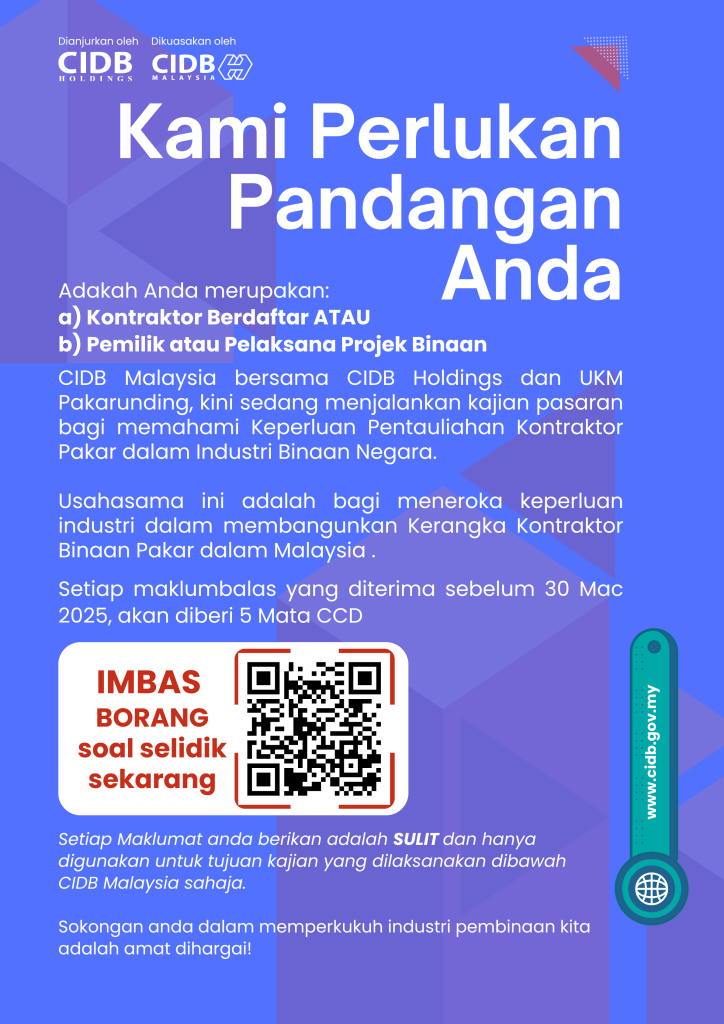
The Kuala Lumpur-Singapore High-Speed Rail Project was initially intended to run from the Bandar Malaysia Station in Kuala Lumpur to the Jurong East Station in Singapore. High-speed rail systems are rail transport networks that use trains that run significantly faster than traditional rail and an integrated system of specialised rolling stock and dedicated tracks.
The KLHSR system would be a 350km double-track route, with 335km running through the Malaysian region and 15km through the Singaporean region. The trains would have a maximum operating speed of 320km/h and reduce travel time between Malaysia and Singapore to 90 minutes. The line would have eight stops and cross over a bridge with a 25-metre height clearance to connect both countries.

The train would be ten cars long, with a total capacity of 100 passengers per car. Two operators would run three services on the line, one for international passengers and another for domestic passengers. The operator would run Express and Shuttle services on the international line and Domestic Service on the domestic line.
Under the agreement, each country would be in charge of its stations and infrastructure, with the Singaporean and Malaysian governments responsible for developing, constructing, and maintaining the civil infrastructure within their own countries. In Malaysia, the MYHSR Corporation would oversee the project’s infrastructure management, while the Land Transport Authority (LTA) would be responsible for the same in Singapore.
Singapore and Malaysia Customs, Immigration and Quarantine (CIQ) facilities would be co-located at Kuala Lumpur, Iskandar Puteri, and Singapore. To ensure swift and seamless travel, international-bound passengers must undergo CIQ clearance by Singaporean and Malaysian authorities only at departure.
Related articles:
Article 2: The Original Project Delivery Structure for the KLHSR
Article 3: Potential Economic Benefits of the KLHSR Project
Article 4: Potential Challenges or Risks Associated with the KLHSR Project















